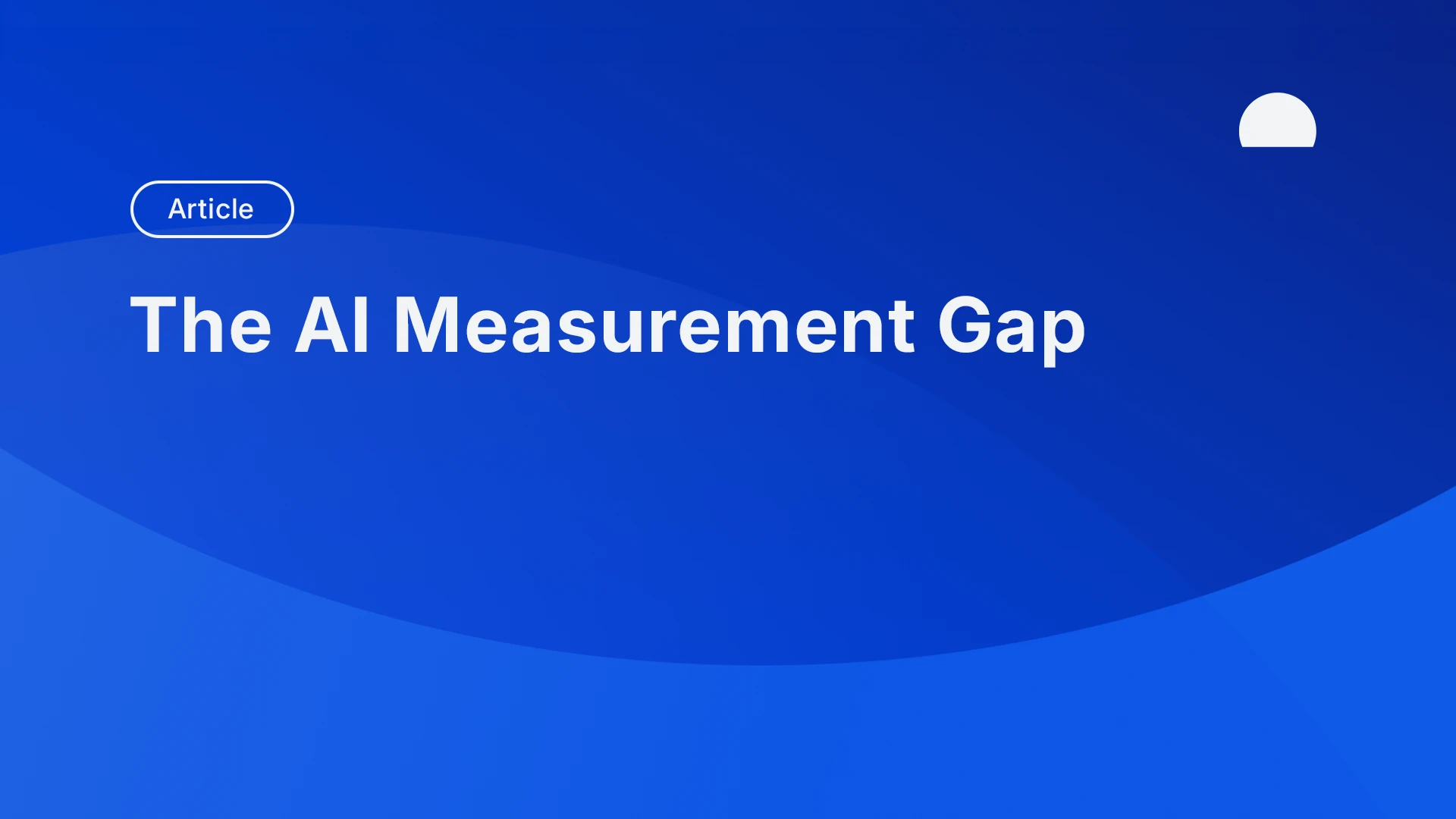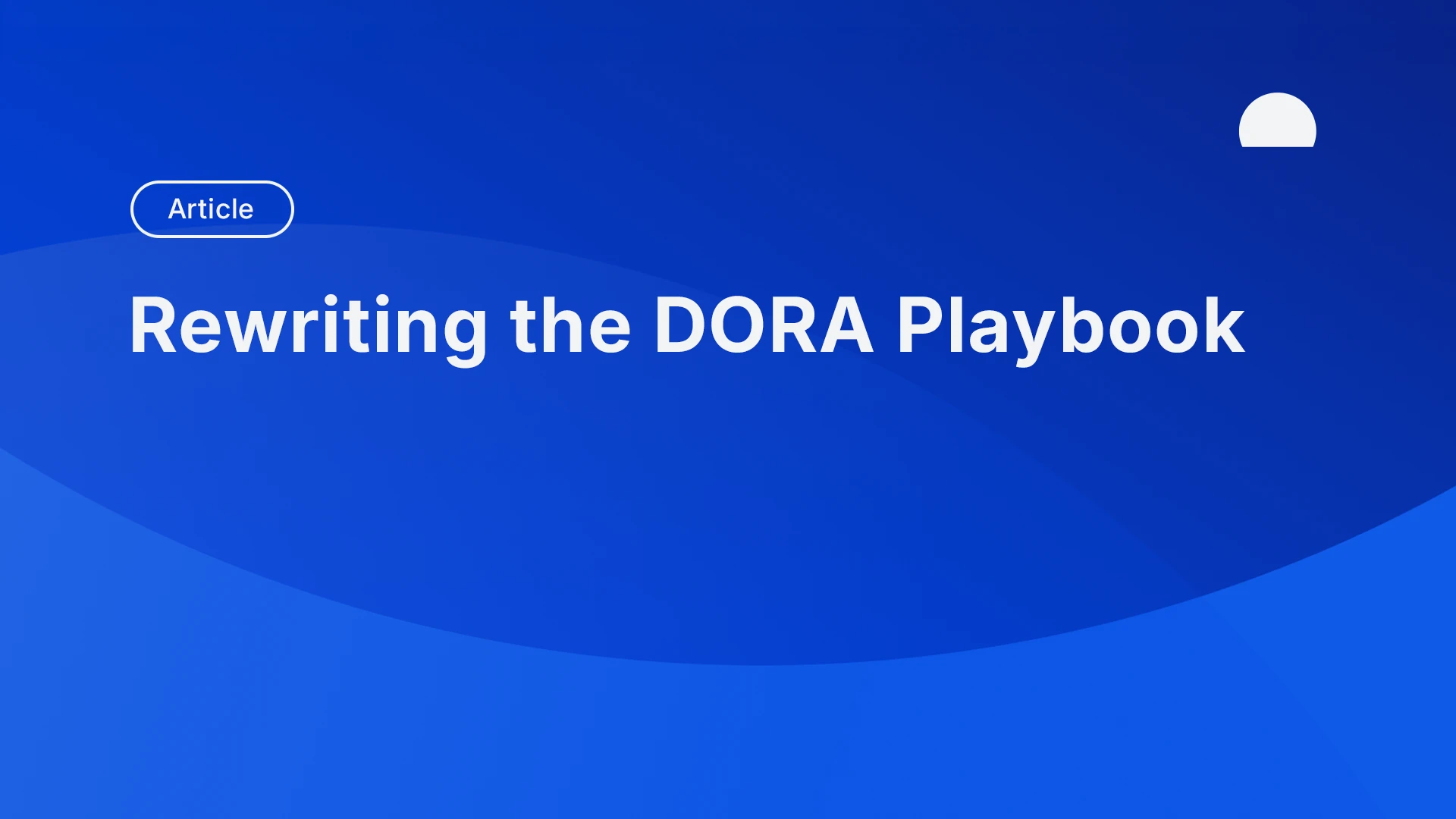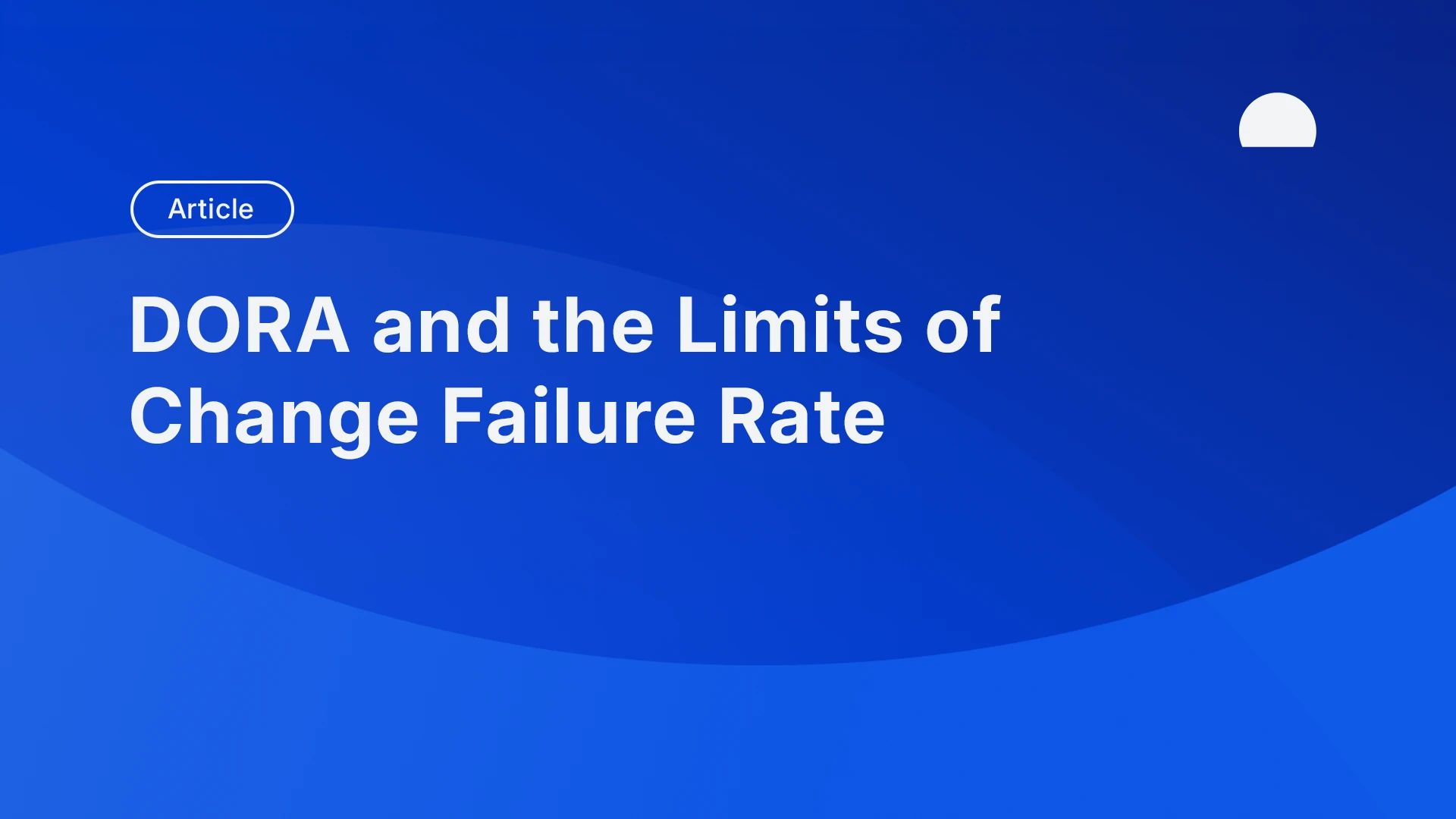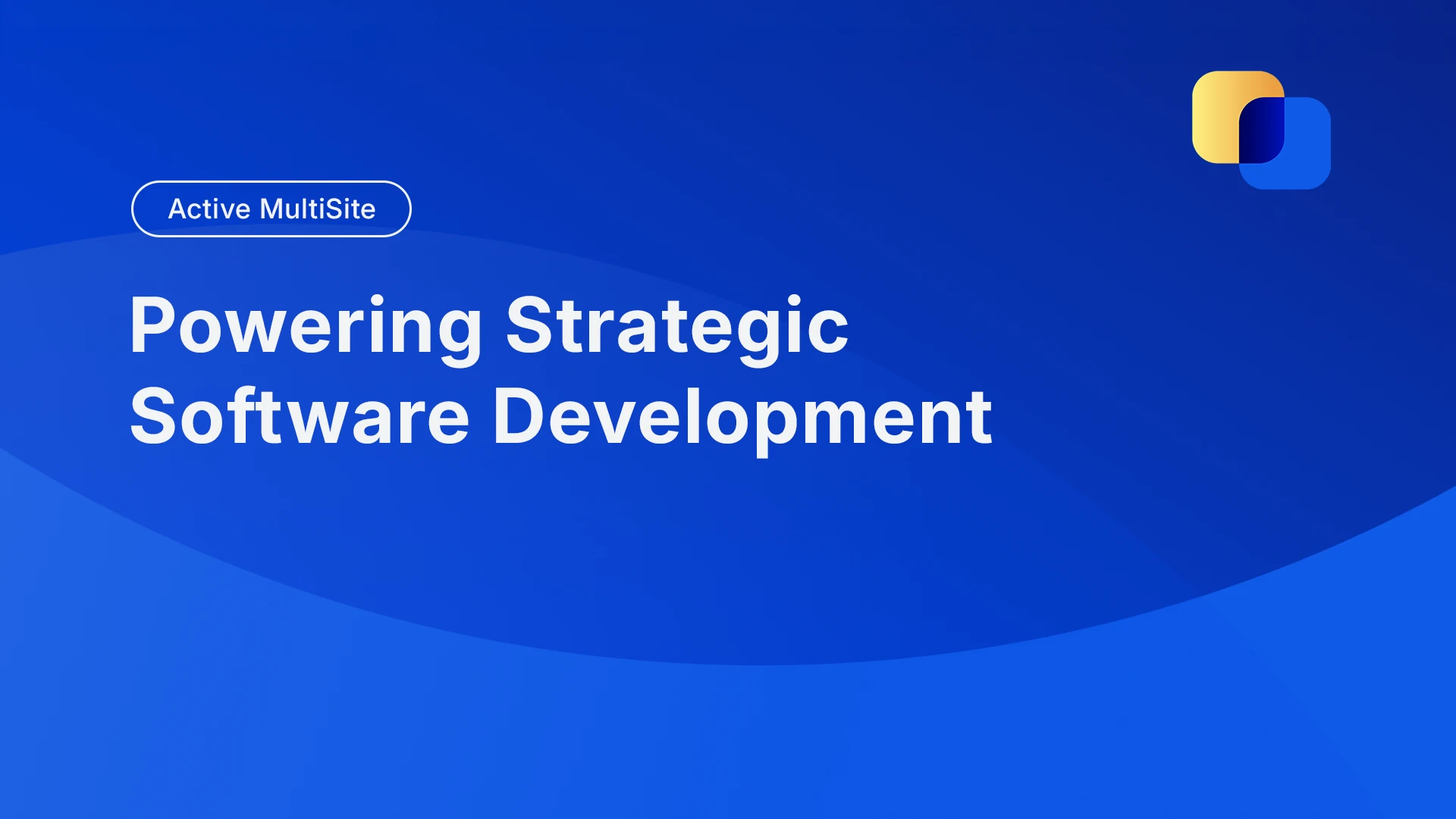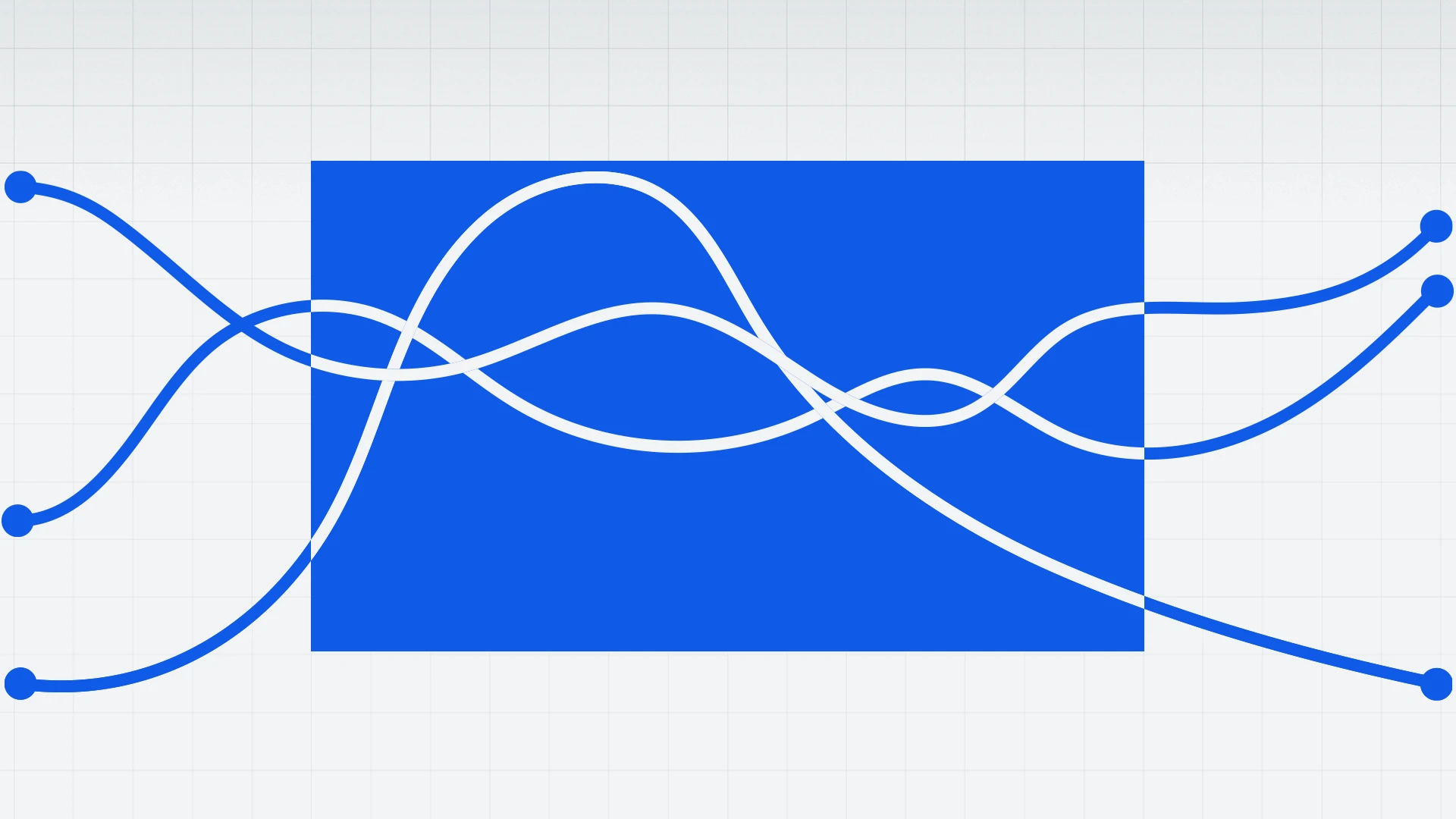Why Coding Effort is the “Horsepower” Metric GenAI Code Needs
Most GenAI code initiatives fail to show ROI. Discover why Coding Effort is the universal ‘horsepower’ metric to measure output, risk and cost.

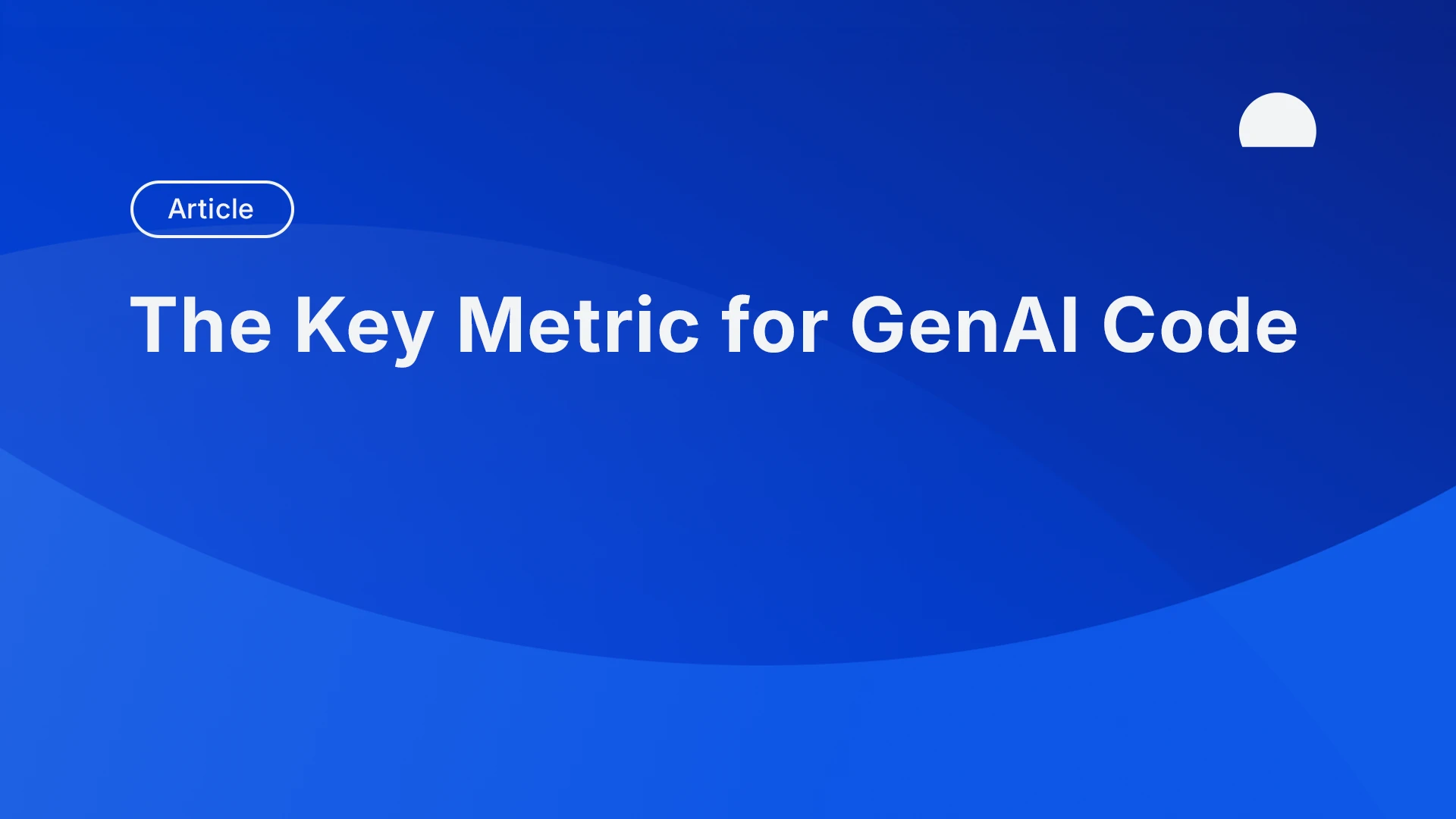
Generative AI (GenAI) code is reshaping software development, but without a universal “horsepower” metric to measure it, most leaders are driving blind. In this guide we show how Coding Effort lets you clearly see the road ahead.
Key takeaways
- 75% of GenAI productivity projects fail to show cost savings — it’s not a tech problem, it’s a measurement problem.
- Coding Effort is the new “horsepower” — a universal unit of software work benchmarked on 200B+ code metrics and 800k+ developers.
- Trust starts at the asset layer — combine Code Author Detection with Code Insights (ART & Ab.CE) to govern GenAI code where it’s actually produced.
- Unit economics beats anecdotes — cost per Coding Effort Hour lets you compare humans, vendors, and GenAI models on one KPI.
GenAI Code Without a Standardized Metric is a Boardroom Liability
Right now, most enterprises are treating GenAI code like a black box. They’re rolling out Copilot, Claude or custom LLMs, then measuring success with legacy metrics, like lines of code, velocity, or vague time-saved estimates.
This is exactly how bubbles form: a new technology, wild adoption, but no objective way to tie output to cost.
It's the same challenge James Watt faced with his steam engine in the 18th Century. Industrialists understood horses, not pistons. Watt’s breakthrough wasn’t just technical, it was commercial. By defining “horsepower” as a common measurement of power, he translated an alien technology into a language his customers could trust.
Today’s software leaders face the same problem. AI generated code is fast but opaque. Without a common unit, it’s impossible to compare human and machine output or link it to risk and cost. And when over 40% of code solutions have security flaws and 75% of GenAI productivity projects fail to show cost savings, that’s a fundamental problem.
The answer? Our Coding Effort metric. It gives GenAI code its own universal unit for measuring work delivered.
Coding Effort: the new “Horsepower”
Coding Effort quantifies the meaningful change delivered to a codebase. It’s an objective, language-agnostic measurement, built on a decade of research and development. Every change in code is evaluated against 36 static code metrics to ensure we capture volume, complexity, and interrelatedness — not simply quantity or speed.
Benchmarked on 200B+ static metrics, 10B+ commits, 800k+ engineers, Coding Effort is enterprise-grade and model-agnostic. It shifts you from “time saved” to “work delivered” — a true apples-to-apples metric for humans and machines alike.
Gartner predicts that 90% of AI deployments will slow as value delivered doesn’t match the costs. Coding Effort isn’t just a strategic advantage for your organization, it’s a way to support continued investment in GenAI initiatives that otherwise may collapse under compounding technical debt and lack of ROI.
Trust and ROI Start with Authorship
Most AI governance today still lives at the policy and runtime level, like dashboards, inventories, and access controls. Those are necessary, but they don’t touch the actual product of GenAI: the code itself.
To truly govern GenAI code, you first need visibility at the asset layer: who or what wrote it, how much was produced, and whether it’s safe to deploy.
That’s where a code-level AI TRiSM comes in, built on three essential capabilities:
- Code Author Detection (CAD): Enterprise-grade provenance, distinguishing human from AI-generated code (and even which model) at the commit level.
- Code Insights: Continuous quality and security assurance using ART (maintainability) and Ab.CE (detecting anomalous or risky code patterns).
- Security at scale: Built-in SAST, SCA and secrets detection to neutralize the known LLM failure modes.
Together, these layers create a single, code-centric trust framework, plugging the blindspot where your GenAI asset actually lives.
Make GenAI Code Measurable in Money
Once you’ve instrumented your codebase with Coding Effort (CE) as the output unit and Code Author Detection (CAD) as the attribution layer, you’ve got the two ingredients needed for something every tech leader has wanted for years: a true unit cost of software production.
That’s the Cost per Coding Effort Hour (CEH) — the first defensible, finance-ready KPI for GenAI code. It translates all your sources of software production into one comparable benchmark:
- Humans: Loaded salaries ÷ CE produced.
- Vendors: Contract spend ÷ CE produced.
- GenAI models: Subscription and compute ÷ CE produced.
Armed with this single KPI, you can benchmark LLMs, rebalance teams, and negotiate vendors with data rather than hype. You move from anecdote-driven decisions to measurable unit economics on your own codebase.
How to Close the GenAI Code Productivity Gap
So how can you turn this into action right now? The path is practical and proven. With the right instrumentation, you can:
- Instrument your repos: Capture authorship and output for every commit so you know exactly who (or what) produced your code.
- Replace proxy metrics: Use Coding Effort to measure real productivity and ART/Ab.CE to track maintainability and quality instead of relying on LOC or velocity.
- Run the numbers: Compute Cost per CEH across humans, vendors, and GenAI models to see where your investment delivers the most value.
- Shift left on risk: Enforce security and maintainability checks at the code layer to neutralize LLM failure modes before they reach production.
This isn’t some future-state aspiration, it’s achievable right now with the right tools and governance mindset.
Just as Watt’s horsepower helped industry leave the horse and cart behind, Coding Effort lets you move beyond outdated metrics and harness the full power of GenAI code.
For a deeper dive into the full methodology behind Coding Effort and how it supports the success of GenAI software development initiatives, see our new AI Trust Layer whitepaper.





